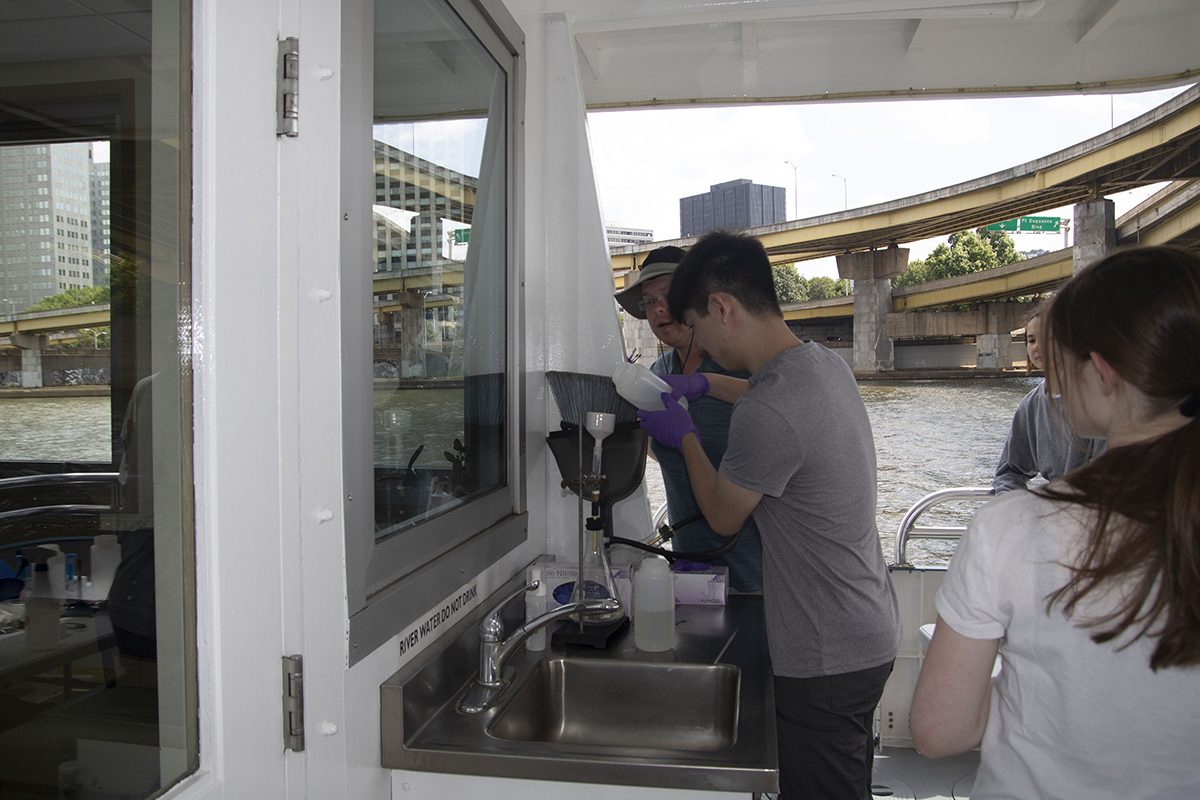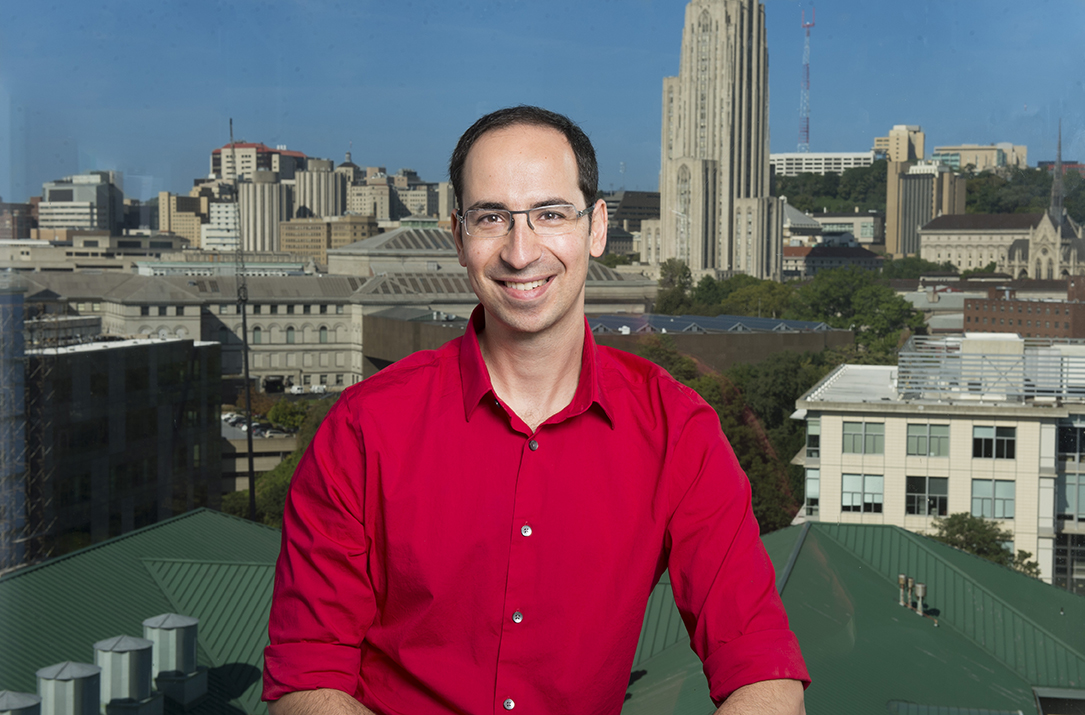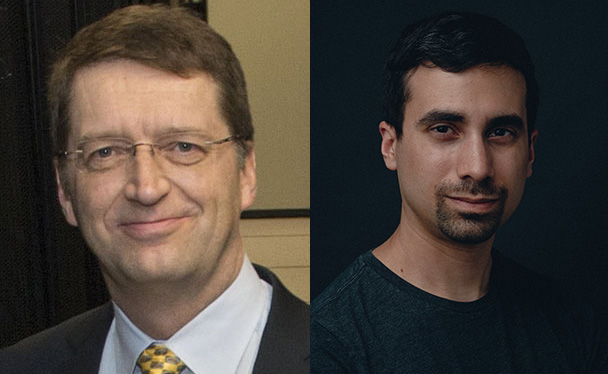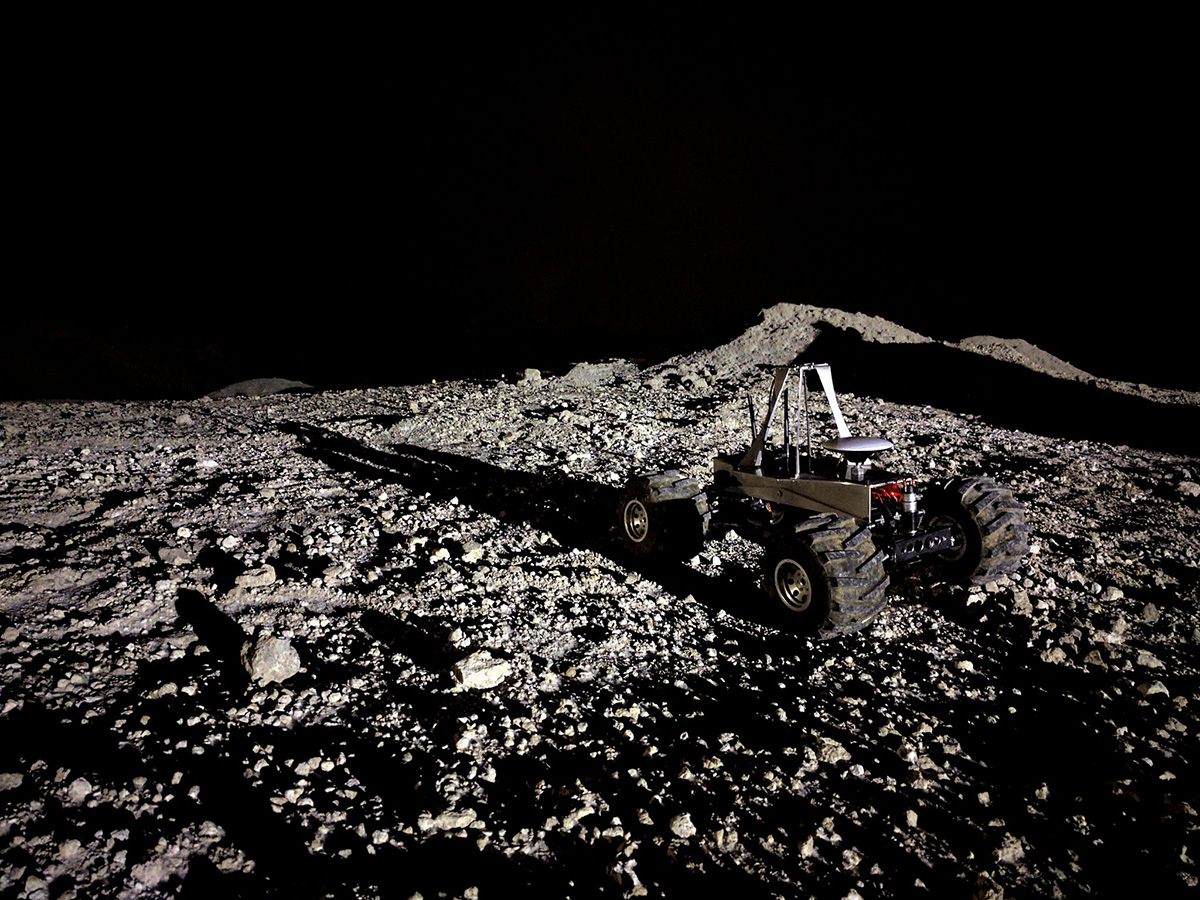Computational Biology Hosts Its First Precollege Program
Sampling, Analysis of River Microbes Provides Hands-On Learning
Lucia Barrera's father is a computer scientist, so she's gotten an earful about how computation is impacting biology, her major interest. After attending Carnegie Mellon University's precollege program in computational biology in July, the New York City girl thinks maybe the old man is on to something. "It really is the future of biology," she said as the three-week residential program was nearing its end. "You just can't work with large data sets without computing power." She and 25 other high school students attended the Computational Biology Department's precollege program — the nation's first for computational biology. They split their time between computer labs and wet labs, using computational methods to perform actual microbial research in a matter of weeks that would otherwise take years using traditional methods for colonizing bacteria. Phillip Compeau and Josh Kangas, both assistant teaching professors, co-direct the program. Its curriculum was similar to a module of a lab course Kangas teaches for undergraduate computational biology majors. The idea, Kangas said, is to push the students to learn by gathering real biological data and analyzing it with computational methods to solve real problems. First, the students went on a cruise on Pittsburgh's three rivers, where they collected water samples. Then, working with Kangas, they learned to perform DNA sequencing of the bacteria in each sample. Finally, Compeau taught them how to use software to analyze the data in the computer lab. The students learned methods and techniques, but they also performed actual research, observing how microbial communities in the river differ depending on location, season and proximity to pollution sources. "It's a real, modern problem that requires a real, modern solution," Compeau said. Data from the summer program, combined with data previously gathered by undergrads, shows that bacteria in Pittsburgh's rivers change with the season. "You can use bacteria almost like a calendar," Compeau added. Pending some final test results, plans are to submit those findings for publication. Likewise, the DNA sequence for a bacterium isolated by the students but apparently never before sequenced will likely be submitted. "That's cool," Berrera said of the never-before-sequenced bacterium. "That was something that my school never would have been able to do." "It wasn't all theory," said Stephanie Eristoff, a rising senior at the American School in Tokyo. "We were able to apply algorithms to real data." She said she appreciated the program's balance between wet labs and computer labs, and said she plans to use what she learned this year in her synthetic biology club. "This was a really amazing experience," she said.





